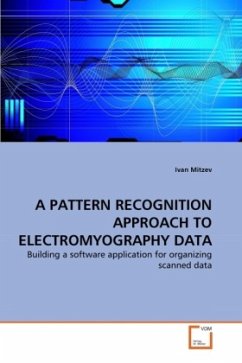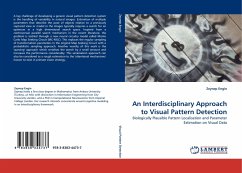EMG classification is widely used in electric control of mechanically developed prosthesis, robots development, clinical application etc. It has been evaluated for years, but the main goal of this research is to develop an easy to implement and fast to execute pattern recognition method for classifying signals used for human gait analysis. This method is based on adding two new temporal features (form factor and standard deviation) for EMG signal recognition and using them along with several popular features (area under the curve, wavelength function-pathway and zero crossing rate) to come up with a low complexity suitable feature extraction. Results are presented for EMG data and a comparison with existing methods is made to validate the applicability of the foregoing method. It is shown that the best combination in terms of accuracy and time performance is given by spectral and temporal extraction features along with neural network recognition algorithm. Ideas from this thesis could be useful for any kind of biomedical signal recognition such as recognizing abnormal EMG, ECG, EEG sets as well for searching already scanned signals.
Bitte wählen Sie Ihr Anliegen aus.
Rechnungen
Retourenschein anfordern
Bestellstatus
Storno








